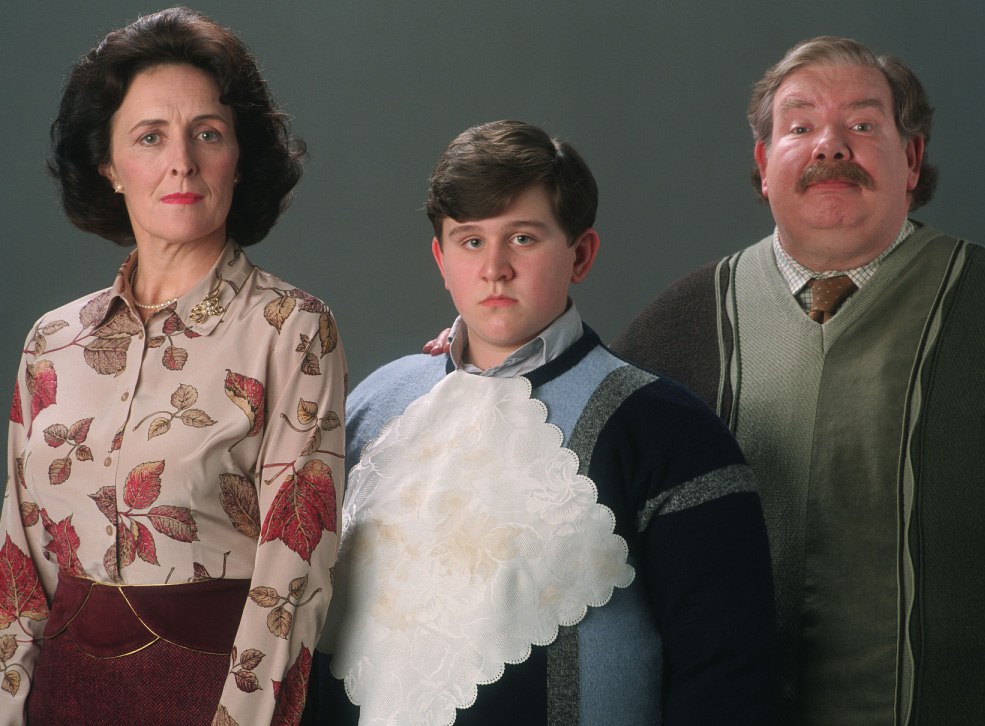
I’m a huge fan of simplifying your marketing messages.
This is why elevator pitches and other ways to “cut the fat” off your marketing are so popular. Since we all have the attention span of goldfish, you need to illustrate ASAP what you do, who you serve, and why we should care.
There was an artist I knew years ago who was always working on BIG ideas and projects. He wanted my buy in but couldn’t explain anything to me without signing an NDA.
I figured if he can’t explain what’s he’s doing in a few sentences I probably shouldn’t waste my time.
Donald Miller said, “what if the problem wasn’t the product? What if the problem was the way we talked about the product?”
In my artist buddy’s case, he was definitely the problem.
No matter how sophisticated you get at marketing, make sure your message is as clear and memorable as possible. Not just editing it down for space, think proverbs. Don’t remember what a proverb is? Let me refresh your memory.
A proverb is a simple, concrete, traditional saying that expresses a perceived truth based on common sense. Here’s some examples:
Beauty is in the eye of the beholder
Never judge a book by its cover
Tis better to have loved and lost, than never to have loved at all.
You want your ideas to be as simple and profound as you can get them. You sacrifice saying important things to hit home THE MOST IMPORTANT thing.
When President Trump ran for office in 2016 he said, “I will build a great, great wall on our Southern border.”
In 1992 political advisor, James Carville, needed to narrow down ideas for Bill Clinton’s campaign, and he came up with “It’s the economy, stupid.”
What about Geico’s, “15 minutes could save you 15% or more on car insurance.” According to Cynthia Herr at HawkPartners this slogan has a recall rate of 90%.
If we could all be so lucky…
Make it so simple a third grader could memorize and understand it.
For daily tips like these in your email, subscribe at https://adamstreet.net .
Adam



